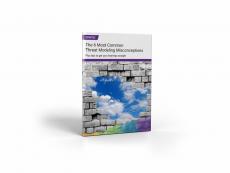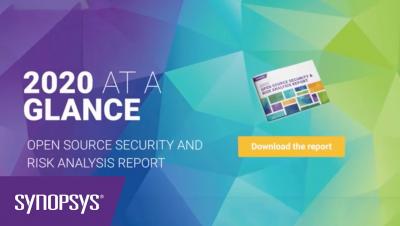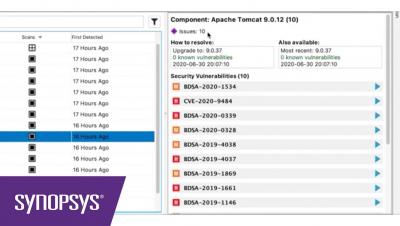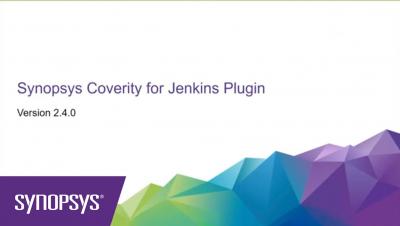Security | Threat Detection | Cyberattacks | DevSecOps | Compliance
Synopsys
Synopsys Sits Down With Dark Reading | Synopsys
Learn more about Synopsys Software Integrity: https://www.synopsys.com/software-integrity
Subscribe: https://www.youtube.com/synopsys
Follow Synopsys on Twitter: https://twitter.com/sw_integrity
Application Security Testing Tools & Platform 2020 | Synopsys
Learn more about Synopsys Software Integrity: https://www.synopsys.com/software-integrity
Subscribe: https://www.youtube.com/synopsys
Follow Synopsys on Twitter: https://twitter.com/sw_integrity
The 2020 Open Source Security and Risk Analysis (OSSRA) Report | Synopsys
Learn more about Synopsys Software Integrity: https://www.synopsys.com/software-integrity
Subscribe: https://www.youtube.com/synopsys
Follow Synopsys on Twitter: https://twitter.com/sw_integrity
Code Sight (IDE Plugin) 2020 Update | Synopsys
Learn more about Synopsys Software Integrity: https://www.synopsys.com/software-integrity
Subscribe: https://www.youtube.com/synopsys
Follow Synopsys on Twitter: https://twitter.com/sw_integrity
Code Sight (IDE Plugin) Demo 2020 | Synopsys
Learn more about Synopsys Software Integrity: https://www.synopsys.com/software-integrity
Subscribe: https://www.youtube.com/synopsys
Follow Synopsys on Twitter: https://twitter.com/sw_integrity
Synopsys Software Integrity 2020 | Synopsys
Learn more about Synopsys Software Integrity: https://www.synopsys.com/software-integrity
Subscribe: https://www.youtube.com/synopsys
Follow Synopsys on Twitter: https://twitter.com/sw_integrity
How to Integrate Coverity (Static Analysis) for Jenkins Plugin | Synopsys
Learn more about Synopsys Software Integrity: https://www.synopsys.com/software-integrity
Subscribe: https://www.youtube.com/synopsys
Follow Synopsys on Twitter: https://twitter.com/sw_integrity
How to Cyber Security: Fuzz a tank
Defensics is a generational fuzzer, which means it creates test cases based on a detailed model of the input data. The result: test cases that are very realistic but messed up in some way. This technique is highly effective in burrowing into different control paths in the target and revealing vulnerabilities. Subjectively speaking, the test cases have high quality. The disadvantage of generational fuzzing is that somebody has to create the data model for the inputs you are fuzzing.
How to get compliance audit training in the new virtual workplace
As many businesses have begun to work almost entirely remotely until an as-yet-to-be-determined date, they have had to plan for activities that took place largely in person in the past. For example, many compliance audits have gone virtual in these times of uncertainty. This shift has forced organizations to adjust how they prepare and plan. But even in these times of uncertainty, it is your organization’s responsibility to stay sharp and on track with security knowledge, planning, and response.










